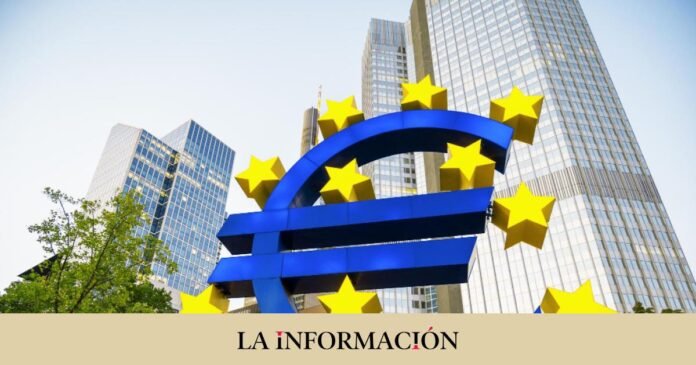The European Central Bank (ECB) is a key institution for the countries of the European Union that use the euro. Officially created on May 2, 1998, its main function is to maintain price stability in the eurozone. Based in Frankfurt (Germany), it is made up of representatives of the 19 countries that have adopted the euro as their currency.
Like any other institution, it has a presidential chair that is currently occupied by the Frenchwoman Christine Lagarde, alongside whom are the vice president and the governors of the different national central banks. For its proper functioning, it has different management bodies, which include the Governing Council, the Executive Committee, the General Council and the Supervisory Council.
The ECB monitors inflation levels so that they adjust to the limits set by the central bank itself, which currently stands at 2% annually. However, its functions go much further, one of the most important being to define and execute the monetary policy of the euro area, which means that it has to make decisions on open market operations, interest rates, etc.
It is also the body responsible for the issuance of euro coins and banknotes, ensuring that there is enough cash in circulation to be able to respond to the needs of citizens, in addition to managing the eurozone’s currency reserves, investing them efficiently and safely. . .
The European Central Bank, together with the European Banking Authority (EBA), is responsible for the supervision and regulation of banking entities in the euro zone to ensure that there is stability within the financial system, through different evaluations and standards, at the same time . that takes measures to prevent financial crises and so that banks can comply with the standards that guarantee solidity in their finances.
The ECB promotes the integration of financial markets so that there is a unified and efficient European market, and, in order to make monetary policy decisions, it collects and analyzes economic and financial data to have greater knowledge of existing trends. . in the euro area in these areas.
The instruments of the European Central Bank
To achieve its objective of annual inflation being close to 2%, the European Central Bank has different instruments. The main one is the intervention interest rate, which is the reference interest rate to set the cost applied to the loans that banks grant to companies and individuals, with an impact on their savings, investment and consumption decisions. These decisions determine prices.
In addition, the ECB has so-called open market operations, which are loans that the central bank makes to financial entities to provide liquidity over a period of time in exchange for them providing them with a financial asset as collateral. The minimum cost at which this economic fluidity lends itself is the reference interest rate. Similarly, it can also provide and absorb overnight liquidity, being able to distinguish between them the marginal credit facility, which provides overnight liquidity to credit institutions at a cost that is above the reference rate, and the deposit facility, used by entities to make overnight deposits with the central bank and which the European Central Bank remunerates at an interest rate lower than the reference rate.

